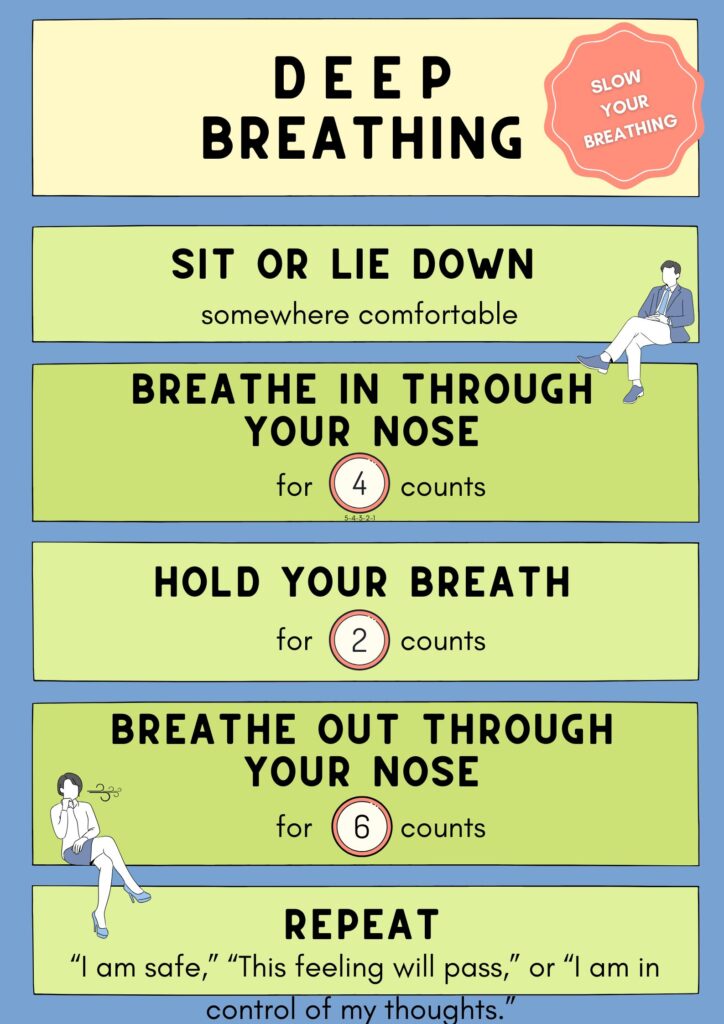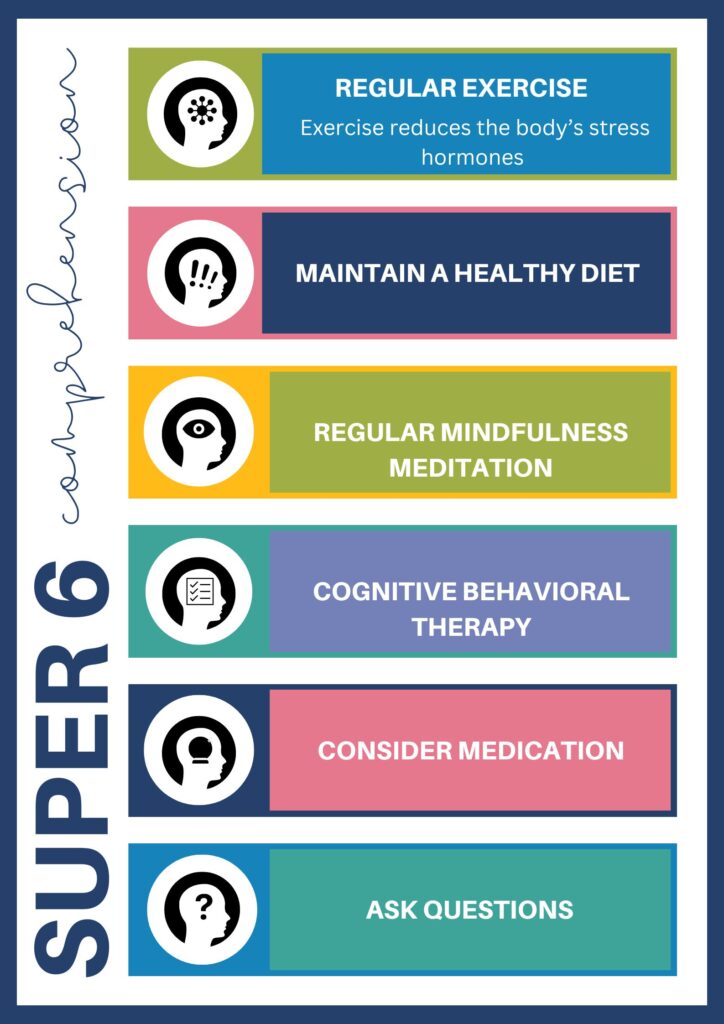Silent panic attacks, also known as “internal panic attacks” can feel isolating and overwhelming. Unlike typical panic attacks, which often have visible symptoms like hyperventilation, silent panic attacks are internal, meaning they can go unnoticed by others. However, the internal sensations are just as intense and distressing. Fortunately, there are effective ways to manage and stop silent panic attacks. This article provides practical, evidence-based strategies for immediate relief, prevention, and long-term management.
What is a Silent Panic Attack?
A silent panic attack is an intense wave of fear or anxiety that occurs without overt physical symptoms. While common panic attack symptoms include sweating, trembling, or shortness of breath, silent panic attacks might be less visible to the outside observer. People experiencing them often report racing thoughts, internal dread, or a feeling of detachment from reality (derealization). This internal struggle can still have a significant impact on daily functioning and overall mental health.
How to Stop a Silent Panic Attack: 6 Proven Techniques

Practice Deep Breathing Exercises
One of the most effective ways to combat a silent panic attack is through controlled breathing exercises. Deep breathing helps activate the body’s parasympathetic nervous system, counteracting the fight-or-flight response associated with panic.
Try This Exercise: Inhale deeply through your nose for a count of four, hold for four, then exhale slowly through your mouth for six to eight seconds. Repeat this for several minutes to feel a gradual reduction in anxiety levels.
Use Grounding Techniques
- Grounding is a mindfulness technique that brings your attention back to the present moment, helping to divert focus away from the panic. The “5-4-3-2-1” technique is popular for grounding during a silent panic attack.
- 5-4-3-2-1 Technique: Identify five things you can see, four things you can touch, three things you can hear, two things you can smell, and one thing you can taste. This method forces your mind to focus on external, tangible items rather than internal panic.
Challenge Negative Thoughts
- Often, silent panic attacks are fueled by irrational thoughts and fears. Learning to recognize and reframe these thoughts can be a powerful tool in stopping an attack in its tracks.
- How to Challenge Thoughts: When you feel panic arising, try to identify the thought causing your anxiety. Ask yourself, “Is this thought realistic? What evidence supports or contradicts it?” Over time, challenging negative thoughts can help diminish their power.
Practice Progressive Muscle Relaxation (PMR)
- PMR is a relaxation technique that involves tensing and relaxing various muscle groups. This practice can reduce physical tension and promote a sense of calm, even during a silent panic attack.
- How to Practice PMR: Start at your toes and work up to your head, tensing each muscle group for five seconds and then relaxing. Focus on the feeling of tension leaving your body as you release each group.
Focus on Your Breathing and Heart Rate
- Panic attacks often increase heart rate, causing discomfort and further anxiety. Placing your hand over your chest and focusing on slowing your breathing and heart rate can help bring immediate relief.
- Breathing Exercise: Breathe deeply for four seconds, hold for four, then exhale for eight seconds. This extended exhale encourages your body to relax, which can help calm your heart rate.
Use Affirmations and Positive Self-Talk
- During a silent panic attack, negative self-talk can intensify feelings of dread. Practicing affirmations or positive self-talk can break the cycle of anxiety and refocus your thoughts.
- Examples of Affirmations: Repeat phrases such as “I am safe,” “This feeling will pass,” or “I am in control of my thoughts.” Speaking these affirmations to yourself can create a reassuring mental environment.
Preventing Silent Panic Attacks: Long-Term Strategies

1. Regular Exercise
- Physical activity is one of the most effective natural treatments for anxiety and panic. Exercise reduces the body’s stress hormones (such as cortisol) and triggers the release of endorphins, improving mood and resilience against stress.
2. Maintain a Healthy Diet
- Certain foods can exacerbate anxiety, including caffeine, sugar, and highly processed foods. Opting for a balanced diet with fresh fruits, vegetables, whole grains, and lean proteins can help maintain stable energy levels and reduce anxiety over time.
3. Mindfulness Meditation
- Regular mindfulness meditation can increase awareness of thoughts and feelings, helping you recognize the early signs of anxiety before they escalate into a panic attack.
4. Seek Professional Help
- If silent panic attacks are significantly affecting your quality of life, it might be time to seek the guidance of a mental health professional. Therapy, such as Cognitive Behavioral Therapy (CBT), is highly effective in treating panic attacks by helping individuals reframe anxious thoughts and develop coping mechanisms.
5. Consider Medication
- In some cases, medication may be necessary for managing severe anxiety and panic attacks. Speak with a licensed psychiatrist to explore if medication could be a beneficial addition to your treatment plan.
Key Takeaways
Silent panic attacks can be challenging to cope with, especially when they go unnoticed by others. However, with the right strategies and techniques, it is possible to manage and even prevent these episodes. By incorporating breathing exercises, grounding techniques, and positive self-talk, you can begin to take control of silent panic attacks in the moment. For long-term relief, consider lifestyle changes like regular exercise, a healthy diet, and professional support to build resilience against panic.
If you are struggling with silent panic attacks, know that you are not alone. By practicing these techniques consistently, you can work towards a life with less anxiety and more peace.



